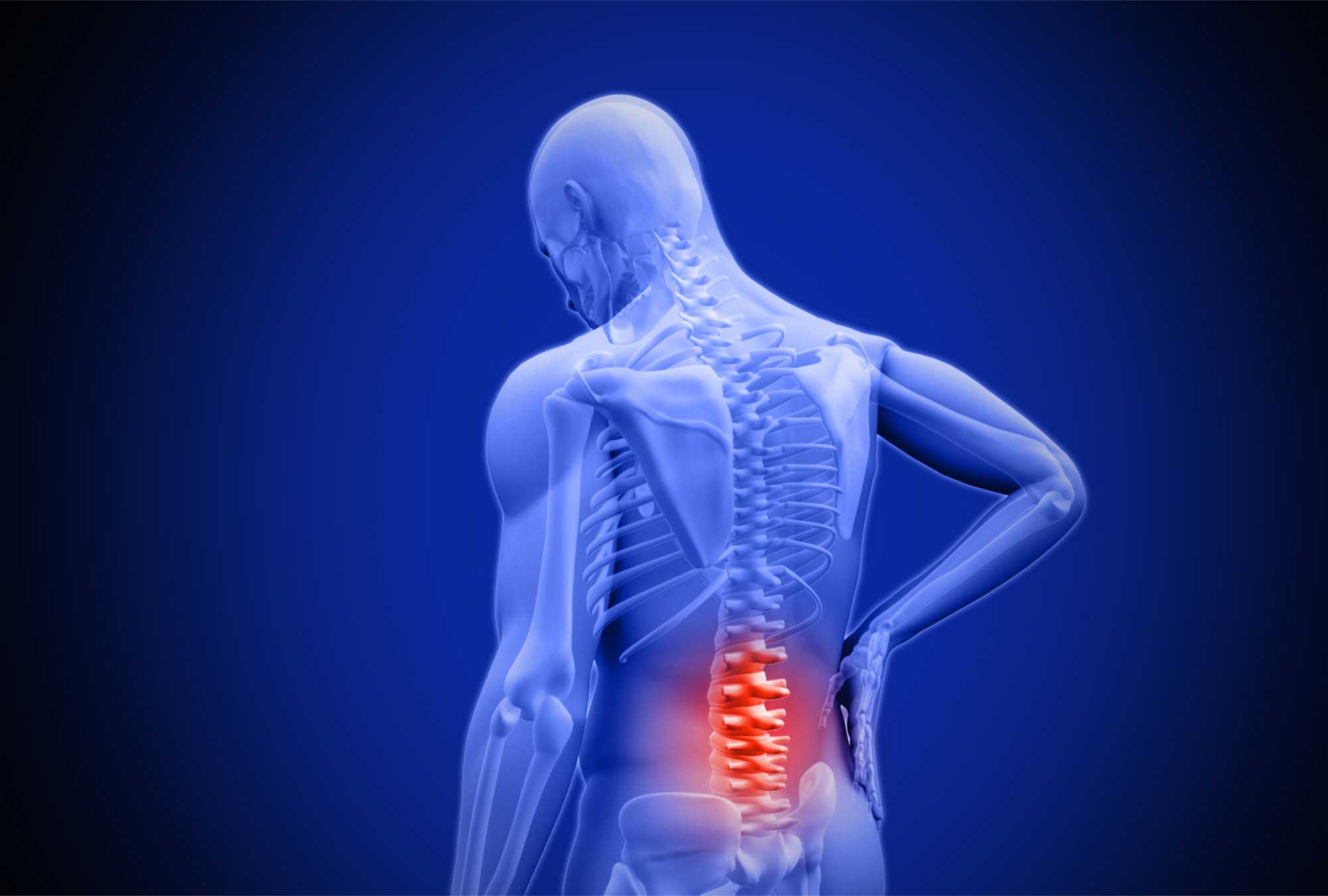
Many runners experience back pain, especially lower back pain, because of the repetitive stress and impact running puts on the body for a significant duration of time. If all of the bones in the vertebrae and the other vertebral articulations in the spine are functioning well, then your back has no problems. It’s when these vertebrae are aggravated that causes the pain.
In addition, one key to lower back health is the pelvis. The sacroiliac (or SI) joints move well in a normal running gait, but if the SI joints are not moving well, it can add wear and tear to the lower back area.
If you already have lower back pain, running may exacerbate it. Lower back pain is common among new runners or runners who have taken some time off and come back too strong and too quickly.
There are three types of common pain in the lower back: muscle-related pain, bone-related pain, and discogenic pain, according to Jordan Metzl, M.D., a sports medicine physician at the Hospital for Special Surgery in New York City and creator of Runner’s World’s IronStrength workout.
Muscle-related pain occurs on either side of the lower part of your spine. You’ll know you have it if you feel spasms or feel pain on one side of your spine or the other, especially when you twist or move, says Metzl.
Bone-related pain feels like general achiness throughout the entire area of your lower back. If you’re over 65, chances are that you’re experiencing arthritic back pain, which is when your bones rub together because you’ve lost the cushion between them, adds Metzl.
“With discogenic pain, this is characterized by pain that gets worse when you bend forward, and most importantly, shoots down your legs,” says Metzl. If you suspect discogenic pain, he advises seeing a doctor right away.
Muscle-related back pain happens when the muscles that surround your back—your core, hips, glutes, and hamstrings—aren’t strong, which forces your back muscles to pick up the slack. “If you have weak hip and gluteal muscles, for example, as they become fatigued during a run, your lower back is forced to work harder to keep you upright and stable, and you become vulnerable to injury,” Metzl says.
Bone-related pain may be caused by arthritis, and discogenic pain is caused by a bulging or slipped disc, he says. You should see your doctor if you suspect you have either of these.
If you’re experiencing bone- or muscle-related pain, there are stretches and exercises you can do to relieve the discomfort you’re feeling.
First and foremost, Metzl recommends foam rolling your back. “The idea is to loosen up the muscles that are aching and tight,” he says. “It’s like a deep-tissue massage you can do every single day.”